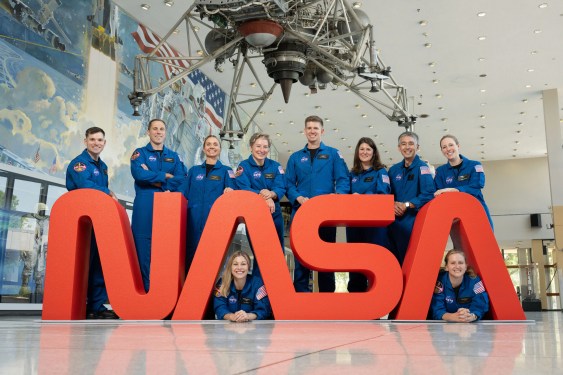SpaceX has an impressive list of alumni. Many have gone on to found major startups in the sector, while others have become astronauts.
NASA recently unveiled its 2025 astronaut class, which includes two familiar names: Anna Menon and Yuri Kubo. Both individuals spent more than a decade at SpaceX, where they played critical roles in the company’s rise to prominence.
Anna Menon joined SpaceX in 2018 after a career at NASA’s Mission Control Center, where she provided biomedical support for astronauts. As a senior engineer at SpaceX, she worked on private astronaut missions. She also flew as a mission specialist and medical officer aboard the Polaris Dawn mission, which broke several records including performing the first commercial spacewalk.
Yuri Kubo spent twelve years at SpaceX as a Falcon 9 launch director and held senior roles overseeing the Starshield program and ground systems.
These ten new astronauts were selected from a pool of more than 8,000 applicants. Their training will be rigorous, spanning nearly two years before they become eligible for assignments to the International Space Station and other missions. The curriculum includes lessons in robotics, geology, foreign languages, and space medicine, alongside simulated spacewalks and flight training.
Upon completing their training, this group will join the more than forty active astronauts. They may be part of the team that helps NASA transition to commercial private space stations following the retirement of the International Space Station in 2030. They will also be eligible for future science missions to the Moon and Mars.
This is not the first time SpaceX alumni have joined the government astronaut corps. Robb Kulin, a former director of flight reliability at SpaceX, was part of NASA’s 2017 candidate class. In 2021, Anil Menon, who was SpaceX’s first flight surgeon and medical director, was selected for the Artemis generation of astronauts. Anil and Anna Menon are married.
This trend highlights how the world’s most influential private space company is increasingly intertwined with official astronaut work. SpaceX not only supports private missions but also produces astronauts themselves. For decades, NASA astronauts primarily came from military and academic backgrounds, with the commercial sector playing a minor role. SpaceX has changed that dynamic, becoming a training ground for engineers and mission operators working on human spaceflight.

